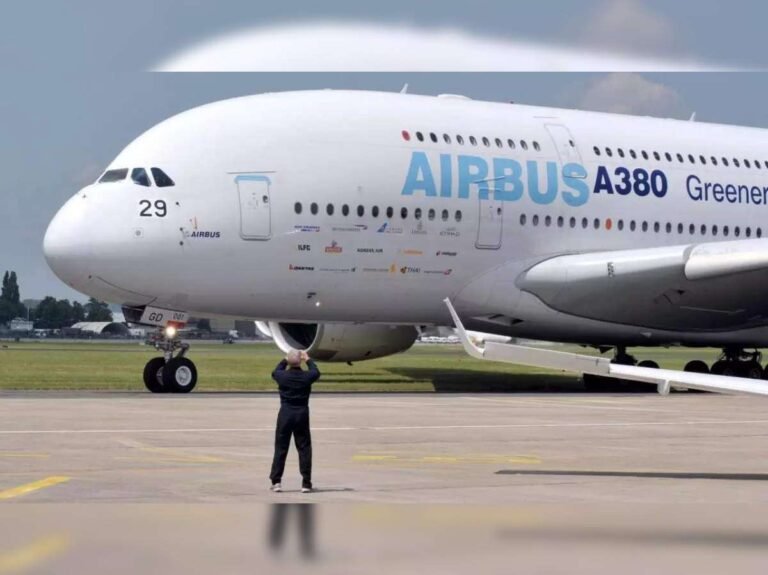European aircraft manufacturer, Airbus, through its subsidiary AALTO HAPS Ltd., is set to establish its first communication hub for high-altitude drones (Zephyr) in Kenya’s Laikipia County.
The hub, expected to commence operations early 2024, aims to serve customers by the third quarter. Airbus cites Kenya’s favourable conditions, including weather, open spaces, uncongested airspace, stable government, economic environment, and a tech-savvy population as reasons for choosing the location.
The initiative promises to generate nearly 1,000 job opportunities and boost local internet adoption, potentially transforming accessibility and internet speeds across the country. Airbus plans to collaborate with local telecommunications service providers like Safaricom and Telkom Kenya to facilitate internet access, targeting 3% of the population, especially in remote areas.
Airbus’s Zephyr drones, operating at a stratospheric range of about 20 kilometres above Earth, offer unique capabilities, including coverage of 7,500 square kilometres, equivalent to 250 ground towers. With the potential to spend up to 200 days in flight, these drones could replace traditional mobile phone towers.
Awaiting approval from aviation, meteorological, and communications authorities, Airbus plans to formally roll out commercial operations for Zephyr drones in 2024. The move aligns with a global trend, as companies like Amazon, Starlink, and Safaricom explore stratospheric technology to revolutionize high-speed internet access in Africa.
The growing interest in stratospheric internet solutions includes Amazon’s Project Kuiper, Starlink’s satellite internet in Africa, and Safaricom’s collaboration with AST SpaceMobile. SpaceX’s Starlink is expanding its reach in Africa, while OneWeb plans to introduce low-earth orbit (LEO) broadband service in South Africa, reflecting a surge in efforts to enhance mobile internet connectivity and speeds across the continent.
The GSMA’s State of Mobile Internet Connectivity 2023 report indicates a significant increase in 4G network expansions in Africa, reinforcing the continent’s appetite for higher mobile internet speeds. These developments collectively signal a potential acceleration in mobile internet uptake and increased internet speeds throughout Africa.




